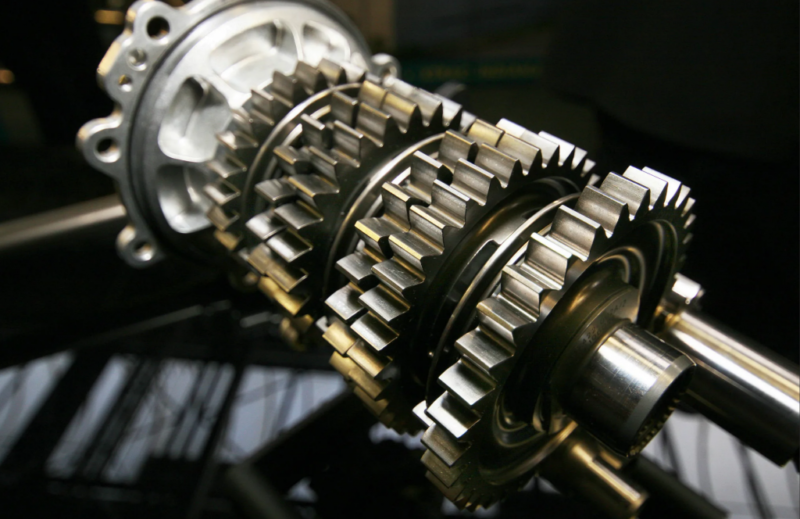2016 Subaru Outback CVT Transmission Problems
The 2016 Subaru Outback is a popular choice among drivers who are looking for a reliable and versatile vehicle. However, like any car, it is not without its issues. One common problem that owners of the 2016 Outback may encounter is related to the continuously variable transmission (CVT). In this article, we will discuss the common problems associated with the CVT transmission in the 2016 Subaru Outback, as well as the symptoms and signs to look out for, the potential consequences of ignoring these issues, and the repair costs involved.
Common Problems
The CVT transmission in the 2016 Subaru Outback has been known to experience a range of issues, including:
- Delayed engagement
- Shuddering or shaking during acceleration
- Transmission fluid leaks
- Overheating
- Loss of power
Symptoms and Signs

If you are experiencing problems with your CVT transmission, you may notice the following symptoms:
- Strange noises coming from the transmission
- Difficulty shifting gears
- Burning smell coming from the transmission fluid
- Dashboard warning lights related to the transmission
Consequences
Ignoring issues with your CVT transmission can lead to more serious problems down the line, including complete transmission failure. This can result in your vehicle becoming inoperable and requiring costly repairs or even a full transmission replacement.
Repair Cost
The cost of repairing a CVT transmission in a 2016 Subaru Outback can vary depending on the extent of the damage and the specific repairs needed. On average, you can expect to pay anywhere from $1,500 to $4,000 for transmission repairs, with a full replacement costing even more.
Transmission Troubles Table
| Issue | Symptoms | Consequences |
|---|---|---|
| Delayed engagement | Difficulty shifting gears | Complete transmission failure |
| Shuddering/shaking | Strange noises | Costly repairs |
| Fluid leaks | Burning smell | Full transmission replacement |
In conclusion, it is important to address any issues with your CVT transmission in a timely manner to avoid more costly repairs in the future. If you are experiencing any of the symptoms mentioned above, it is recommended to have your vehicle inspected by a qualified mechanic to determine the best course of action.
